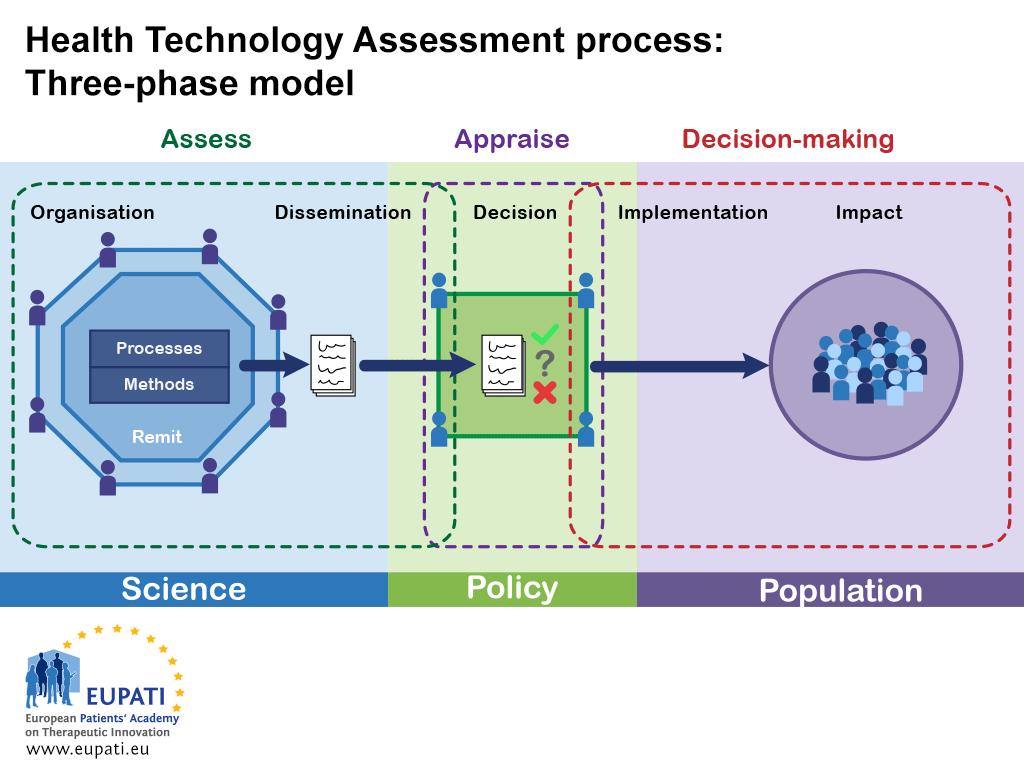In summary
An institute of health technology assessment could measure the value of medical treatments to eliminate wasteful spending.
By Darius Lakdawalla
Darius Lakdawalla is the director of research at the USC Schaeffer Center for Health Policy & Economics.
Dana Goldman, Special to CalMatters
Dana Goldman is dean of the USC Price School of Public Policy and co-director of the Schaeffer Center.
How much money is California wasting every year in Medi-Cal, the $112 billion health insurance program currently serving one-third of the state’s population?Or how about in CalPERS, the state employee pension and health plan, which spends more than $9 billion to purchase health benefits for its 1.5 million members?
how to comfort your girlfriend https://t.co/dZnfBkbKY3
— eel patter Fri Jun 11 00:35:22 +0000 2021
Broad estimates suggest we could reduce spending by about $30 billion annually without harming people’s health. But we really don’t know where to cut. We don’t even know how to find out, because California does not review which treatments are worth the money and which aren’t.

A good place to start tracking down this waste is by systematically assessing the effectiveness and value of devices, medicines, procedures and other items that the state is covering. An independent California Institute of Health Technology Assessment could be set up without direct regulatory authority but with the expertise that could influence decisions across a broad array of technologies and health care services.
Picture an office stocked with scientists, economists, physicians and other health care experts who would advise Medi-Cal and CalPERS on what to cover and how much to pay. For example, should the state agree to pay for back operations that help only a fraction of patients? On the other hand, is a refusal to buy an expensive pill shortsighted if it can cure a costly chronic disease?
Right now, payment decisions revolve primarily around the rebates that the state negotiates with drug and device manufacturers. These rebates often bear no relationship to what the drugs and devices do.
A California Institute of Health Technology Assessment would point out which technologies have lower efficacy, and thus should rebate more to the state, and which ones are delivering more value, and would be eligible to pay lower rebates.This type of data could benefit privately insured Californians too, because health care providers, insurers, employers, health care innovators and others all gain from knowing which treatments work best for which patients.
In a perfect world, the federal government would do this kind of health technology assessment. In the absence of action in Washington, California could take the lead on the long-sought move toward value-based pricing of health technology.Just as it did with stem cell research, California is in position to assume the mantle of leadership on a critical issue for medical innovation.
A joint panel from the USC Schaeffer Center for Health Policy & Economics and the Aspen Institute recently endorsed the idea of a federal Institute for Health Technology Assessment. California could easily adopt and amend the panel’s recommendations:
Seeking the best price for the best procedures and devices will drain waste from California’s massive health care system.
Reports from a California Institute of Health Technology Assessment would also influence national discussions on how to ensure that care provides the most benefit to patients. For example, there is bipartisan agreement that something should be done about drug pricing, but there has been no consensus about what to do about it.
A California Institute of Health Technology Assessment could thread the needle on political consensus by introducing state-of-the-art methods for measuring value – which drug and device manufacturers like – with the objective of eliminating wasteful spending on care that doesn’t work, which insurers and payers like.
Properly structured, California Institute of Health Technology Assessment would encourage maximum efficiency in health systems while rewarding both innovation and quality of care.
We want to hear from you
Want to submit a guest commentary or reaction to an article we wrote? You can find our submission guidelines here. Please contact CalMatters with any commentary questions: commentary@calmatters.org




